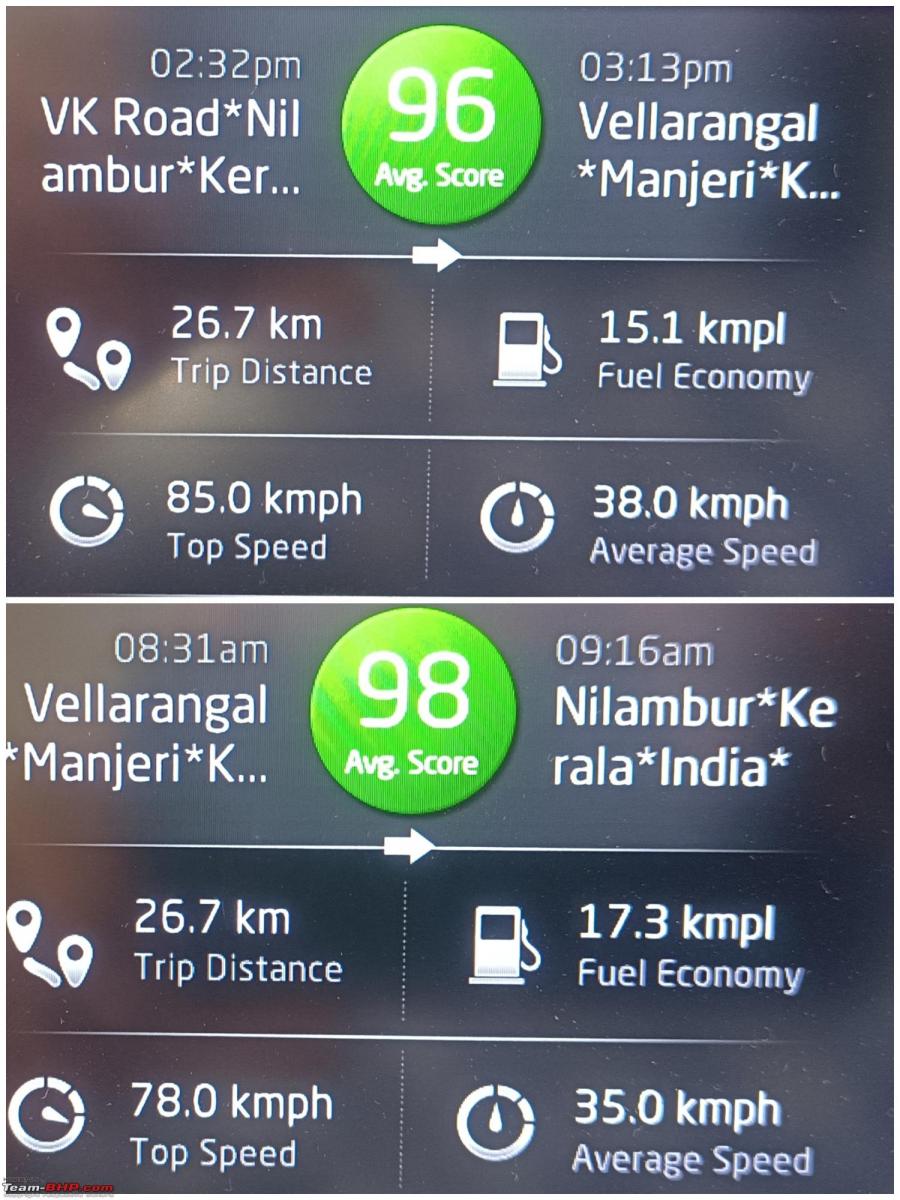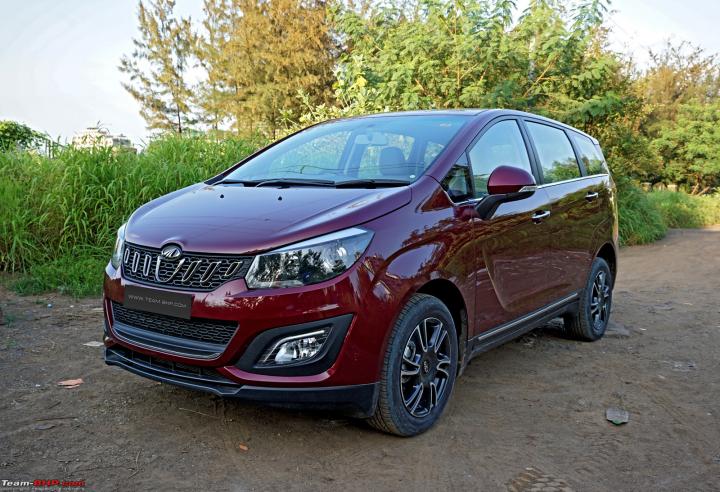News
Fuel efficiency of my Marazzo varies according to changing temperature
I get a higher FE during the morning and a lower FE during noon.
BHPian Bonemechanic recently shared this with other enthusiasts.
I drive a Marazzo M8 diesel. In Kerala, the temperature soars to 40 °C during noon. I noticed a change in the FE numbers of my car during the morning and noon hours.
Traffic is higher during the morning drive, but the outside temperature is around 26 °C. Non-time traffic is less compared to morning time, but the temperature is high around 38 °C.
I drive alone with the ACC set to 24℃ and 100% time. The driving pattern is also almost the same for to-and-fro driving.
But I get a higher FE during the morning and a lower FE during noon. I assume the FE drop is because ACC works more.
Attaching MID pictures for the last 3 days.
February 7:

February 8:

February 9:

Upper photo is noon drive and lower photo is morning drive.
Just like an EV, consumes more power during the winter to heat, while an ICE uses more fuel to cool during the summer.
Here's what BHPian Shreyans_Jain had to say on the matter:
The extra electrical load due to the radiator fans running full time has minuscule effect on fuel consumption. Two other factors have a greater role.
- The AC system. High ambient temperatures reduce the temperature difference against peak compressed gas temp. This reduced delta T lessens the efficiency of the AC and makes it work harder, which is extra load on the engine. Effect increases progressively with temperature.
- The hot ambient air going into the engine is less dense, which makes for lower availability of oxygen which means lower output. Ergo, engine has to work harder to ferry the same load. Effect increases progressively with temperature, and also creates a positive feedback loop with point 1.
Overall, performance and fuel efficiency both get adversely affected with high ambient temperatures.
Here's what BHPian Jeroen had to say on the matter:
I think the difference if FE can not be explained by ambient temperature alone. Check a map and see what the vertical distance between your departure and arrival point is.
You will find you are probably driving a bit uphill one way and down hill the other way. Not enough to notice when your driving. But even a small gradients has a big impact on fuel efficiency.
Jeroen
Here's what BHPian antz.bin had to say on the matter:
Winter mornings have better efficiency on ICE cars than summer afternoons.
Colder air is denser and when the engine breathes that air, the combustion is better generating more torque for every combustion stroke.
This has been experienced since ages. It has nothing to do with engine being warmed up.
The other loss at a hotter time of day the one to cool the cabin. Air conditioner actually uses a lot more Diesel than us Diesel heads realise. As per my calculations, it uses 250-300ml per hour of running for my sub-4 m car on automatic mode even on a cold December night. Daytime usage at 40°C ambient temperature in a substantially larger car will be even higher per hour.
Both these factors should explain the lower efficiency in the afternoon time compared to the morning which is presumably substantially colder these days.
Here's what BHPian Darthveda had to say on the matter:
Driving an EV for past few years has taught me the range is influenced by the environmental changes too, first time I noticed how much the wh/km increased when the road was wet, the same I noticed during cold temperatures too, when i say cold i mean around 12C. Even though I did not use AC, the wh/km was higher than before.
All these very evident in EV vehicle as we get measurable changes in wh/km, since liquid fuel have a very high density, it doesn't catch our attention in ICE.
Check out BHPian comments for more insights and information.


















